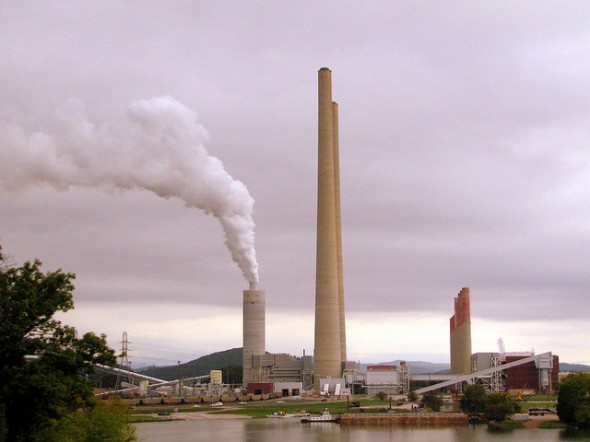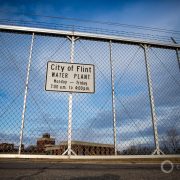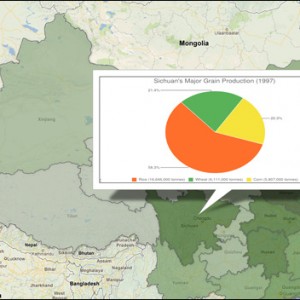Contaminated U.S. Groundwater Sites Will Cost $110 Billion to Clean, Report Says
State and federal regulators need to consider the cost of remediation, program success and public health.
There are some 126,000 groundwater sites in the United States that have not met pollution standards and the cost of meeting those goals could range from $US110 billion to $US127 billion, according to a report from the National Research Council.
The contaminants come from underground storage tanks, military installations, and industrial facilities monitored under the federal government’s Superfund program. Ten percent of the Superfund sites threaten drinking water supplies, the report states.
The 15-member committee that wrote the report acknowledges that these figures probably underestimate the number of sites and cost of remediation. Nonetheless, the committee estimates that less than 10 percent of the sites are “complex”, with contaminants or geological characteristics that make clean up difficult.
“The complete removal of contaminants from groundwater at possibly thousands of complex sites in the U.S. is unlikely, and no technology innovations appear in the near time horizon that could overcome the challenges of restoring contaminated groundwater to drinking water standards,” said Michael Kavanaugh, committee chair and a principal with Geosyntec Consultants, Inc. in Oakland, California.
Since 1987 the NRC has released at least six reports describing the challenges associated with groundwater contamination. The latest report was sponsored by the U.S. Army, which is responsible for roughly 13,000 sites. The Defense Department as a whole has spent $US30 billion in the last few decades to remove groundwater pollution at its facilities.
The report states that remediation has reached a plateau at many complex sites, where money is being spent without a reduction in contaminant levels. With currently available technology, such sites will not see contaminant levels drop below national standards in the next 50 to 100 years.
In these cases, the report argues, government officials should decide whether to manage contamination — and make sure it does not foul drinking water supplies — rather than remove it.
For an example of how a state is handling this issue, read Jeff Alexander’s investigation into Michigan’s LUST problem — leaking underground storage tanks.
Brett writes about agriculture, energy, infrastructure, and the politics and economics of water in the United States. He also writes the Federal Water Tap, Circle of Blue’s weekly digest of U.S. government water news. He is the winner of two Society of Environmental Journalists reporting awards, one of the top honors in American environmental journalism: first place for explanatory reporting for a series on septic system pollution in the United States(2016) and third place for beat reporting in a small market (2014). He received the Sierra Club’s Distinguished Service Award in 2018. Brett lives in Seattle, where he hikes the mountains and bakes pies. Contact Brett Walton








Leave a Reply
Want to join the discussion?Feel free to contribute!